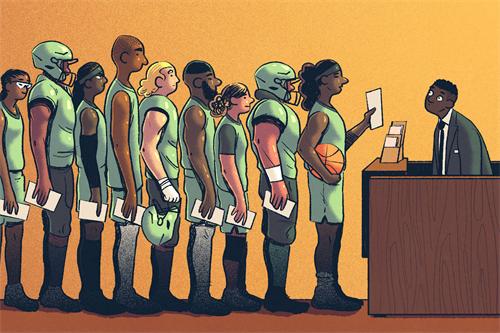Bollywood vs. Nollywood: Which Film Industry is Growing Faster?

In the global landscape of the film industry, Bollywood and Nollywood have emerged as two formidable forces. Though rooted in different continents, both have amassed massive audiences worldwide through their prolific output and unique styles. But when it comes to development speed, industrial maturity, and international influence, which one is growing faster?
Bollywood: A Shining Symbol of Indian Culture
Bollywood, centered in Mumbai, is the powerhouse of India’s film industry, creating more than 1,000 movies each year. As India's wealthiest city, Mumbai is home to numerous modern film studios and facilities, forming a complete and professional production chain. It attracts a wide array of talent, including actors, directors, and screenwriters, and benefits from strong government support, especially with the presence of Film City, which provides diverse locations and logistical backing for shoots.
Bollywood films are known for their vibrant visuals and distinctive narrative style that weaves song and dance into the storyline. Infused with rich Indian cultural elements, these films are beloved by both domestic and international audiences. Through events like the Mumbai International Film Festival, Indian cinema continues to strengthen its global connections. Many Bollywood productions have won international awards, reflecting ongoing improvements in quality and innovation.
Nollywood: A Grassroots Movement Becoming a Pan-African Force
In contrast, Nollywood's rise came later. The term “Nollywood,” referring to Nigeria’s answer to Hollywood, first appeared in ‘The New York Times’ in the early 2000s and quickly gained global attention. Unlike traditional theatrical release models, Nollywood adopted a more flexible and efficient direct-to-DVD approach, rapidly delivering films to the market. Nigeria now produces between 1,500 and 2,000 film and television works annually, at times surpassing Hollywood in volume, placing it as the second-largest film producer in the world.
Nollywood offers a wide range of stories deeply rooted in everyday life, exploring themes such as family values, faith, and social tensions. The 1992 release ‘Living in Bondage’ established its hallmark "mystical drama" style, which has become a distinctive feature of Nigerian cinema. While production quality varies and budgets are often limited, Nollywood films successfully capture cultural identity and emotional resonance among African audiences, earning widespread support.
More significantly, Nollywood’s influence now extends to countries like Cameroon, Ghana, Kenya, and Tanzania, spawning localized film industries such as "Camwood," "Ghallwood," and "Sandwood." This has formed a truly pan-African cinematic ecosystem. Moreover, with the rise of internet access and mobile devices, Nollywood has found new growth opportunities on digital platforms and attracted new audiences in Europe, the U.S., and the Caribbean.
Nollywood now produces more films each year than Hollywood, reflecting its rapid expansion and strong appeal to audiences. However, the pace of growth doesn’t always guarantee improvements in production quality.
Bollywood, though slightly behind in quantity, leads in terms of quality, technology, international cooperation, and brand recognition. Its films boast higher production standards, refined visual effects, and more globally oriented storytelling. Bollywood also performs well at the international box office, frequently collaborates with major global film markets, and has a strong track record at award ceremonies—signs of its deep integration into the global film scene.
In summary, Nollywood has achieved remarkable growth in a short time through its flexible production model and strong cultural expression, especially in its widespread impact across the African continent. Bollywood, on the other hand, continues its steady progress through decades of accumulation, combining high output with global presence. Both represent different paths to success and highlight the power of cinema under global cultural diversity.
RECOMMEND FO YOU



